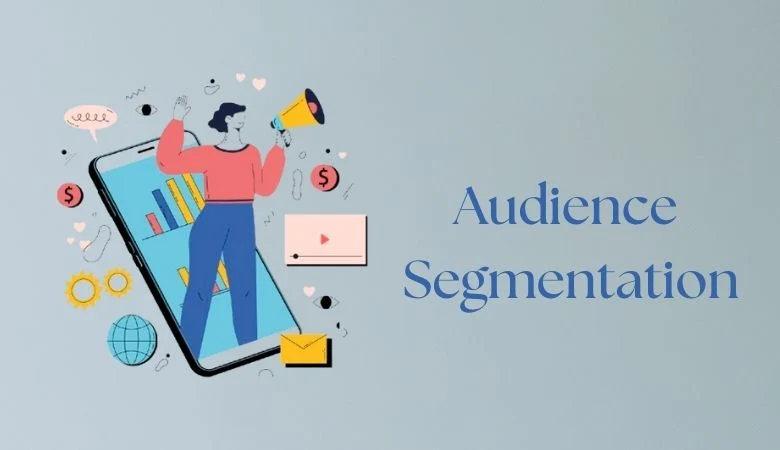Many businesses treat LinkedIn campaigns as short bursts of activity—launching ads for product launches, events, or quarterly pushes. While these campaigns can drive results, they often lack continuity.
Why Always-On Campaigns Matter
Always-on campaigns, by contrast, are designed to build momentum over time. They keep your brand visible, nurture prospects across the funnel, and create compounding effects that one-off campaigns can’t match.
Defining Clear Objectives
Before setting up an always-on campaign, clarity of purpose is essential. Are you aiming to boost awareness, generate leads, or drive consideration for your solution? Objectives shape the type of ads you run and the way you measure results. For example, an awareness-focused campaign might emphasize reach and impressions, while a conversion-driven campaign should prioritize click-through rate and cost per lead.
Balancing Funnel Stages
An effective always-on structure accounts for the entire buyer journey. This means creating campaigns that run simultaneously at the top, middle, and bottom of the funnel. At the top, thought leadership content and broad messaging attract attention. In the middle, case studies and guides build credibility. At the bottom, strong calls-to-action drive demos, sign-ups, or direct inquiries. The interplay between these layers ensures audiences consistently move forward rather than stalling.
Audience Segmentation

One of the keys to sustaining performance is segmenting audiences. Instead of targeting everyone at once, break groups into relevant clusters—such as job titles, industries, or seniority levels. This allows for more personalized messaging and prevents ad fatigue. Rotating creative across segments also ensures your message stays fresh without losing focus on the overall goal.
Creative Rotation and Refreshing Content
Even always-on campaigns need variety. Running the same ad for months will lead to declining engagement. Plan for creative refreshes every few weeks, alternating between formats like video, carousel, single image, and document ads. Rotating creative not only sustains performance but also provides valuable data on what resonates most with your audience.
Optimizing Budgets Across Campaigns
Budget allocation in always-on campaigns should follow a layered approach. Awareness campaigns may take a larger share initially, but as engagement grows, shifting more budget to consideration and conversion campaigns often delivers stronger ROI. Monitoring performance regularly and rebalancing spend ensures no stage of the funnel is underfunded.
Testing and Learning Continuously
One of the strengths of always-on campaigns is the ability to gather ongoing insights. Use A/B testing to compare messaging, targeting, and creative elements. Track what’s working and roll out successful variations to other campaigns. This cycle of testing, learning, and refining is what gives always-on campaigns their compounding effect—improving efficiency the longer they run.
Applying Best Practices to Maximize Results
Marketers who succeed with always-on campaigns tend to follow a disciplined approach. Among the best practices for LinkedIn ads, a few stand out:
- Aligning ad formats to funnel stages rather than using the same creative across all audiences.
- Setting frequency caps to avoid overexposure and ad fatigue.
- Leveraging LinkedIn’s lead gen forms for smoother conversion experiences.
- Analyzing campaign performance regularly to adjust targeting, creative, and budget.
- Applying these practices consistently is what allows campaigns to compound results instead of plateauing.
Integrating Organic and Paid Efforts
Always-on doesn’t mean advertising alone. Combining paid LinkedIn campaigns with ongoing organic activity strengthens results. Sharing insights, engaging in comments, and posting thought leadership organically ensures that when paid ads appear, they reinforce an active and credible brand presence. The synergy between the two builds trust and deepens audience engagement.
Avoiding Common Pitfalls
One mistake businesses make is treating always-on campaigns as “set and forget.” Without regular optimization, performance will decline. Another pitfall is focusing too heavily on top-of-funnel awareness without supporting middle and bottom-of-funnel campaigns. This creates visibility without conversions. A balanced approach avoids these traps and ensures campaigns drive real business impact.
Conclusion
Always-on LinkedIn campaigns are not just about maintaining visibility—they’re about building a system that compounds results over time. With clear objectives, audience segmentation, creative rotation, and disciplined optimization, businesses can create campaigns that move prospects steadily through the funnel. When supported by consistent application of the best practices for LinkedIn ads, always-on campaigns become more than a tactic; they evolve into a long-term growth engine for the brand.
